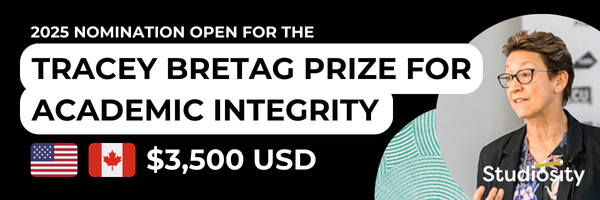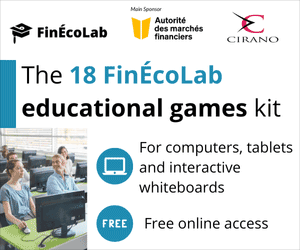Grade 6 and 7 students at Kedron Public School participated in a three-week innovative project that had them plan, design, and print accessible solutions for people with disabilities.
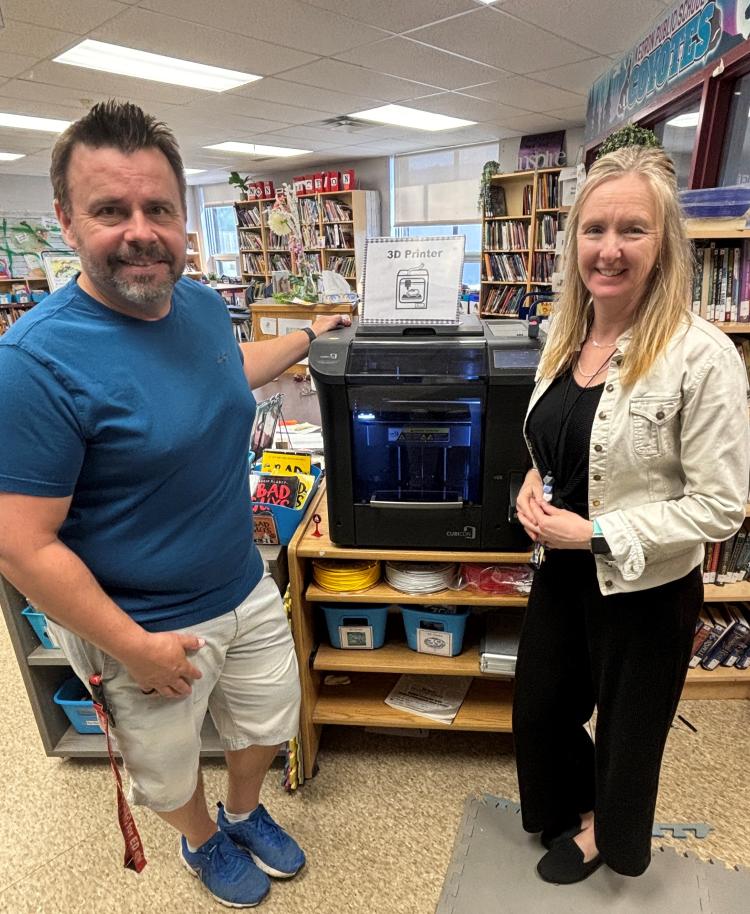
Teacher Rob Hercia and Teacher Librarian Beth Birney with the school's 3D printer
Earlier this year, Inclusive Students Services and Innovative Education staff rolled out a new project for schools titled 3D Printing Project: Dream, Design, Deliver. The goal is to teach students to use 3D printing technology to design and produce practical accessibility solutions while providing valuable learning experiences.
Eager for a new and innovative use of the school's 3D printer, Teacher Librarian Beth Birney and Grade 6 and 7 Teacher Rob Hercia became the first to run the project with their students.
Birney says they began the project with a lot of meaningful discussions about people with disabilities in their community. "One student shared that her uncle has Parkinson's and we discussed how that may impact things like eating, carrying in groceries, or brushing your teeth."
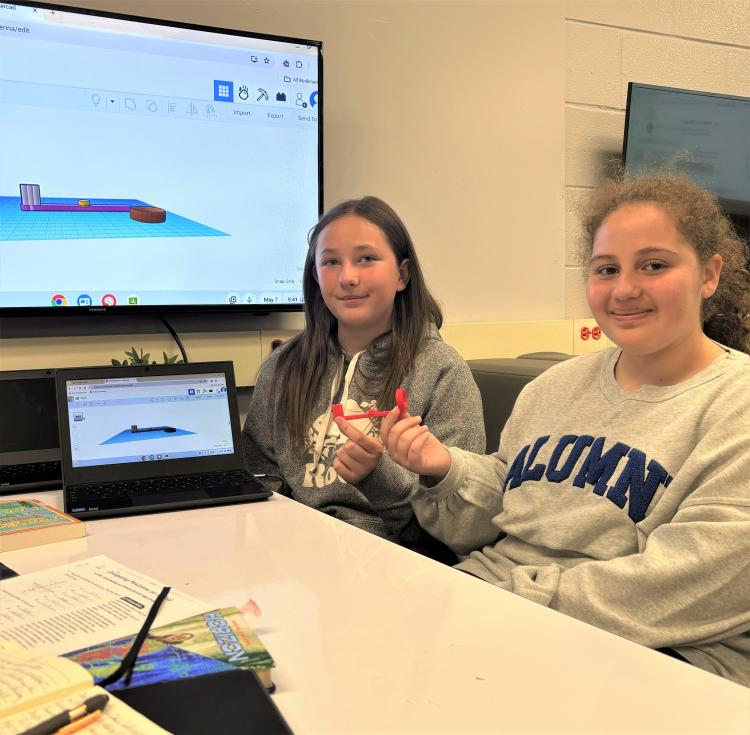
Grade 6 students Sophia G. and Erina showing their toothbrush prototype
Students formed groups of two and started shaping their big ideas into practical accessible solutions. Using a web application called TinkerCAD, students created 3D designs of their ideas. Through trial and error, they printed their designs and often had to go back to the drawing board to re-design in TinkerCAD.
"Students enhanced their problem-solving skills and persevered by scaling down their big ideas to simplify their designs and print realistic prototypes. Some students found it was better to print parts separately and then assemble them after instead of printing a complex design all at once," says Hercia.
Grade 6 students Sophia G. and Erina created a prototype for people with mobility limitations to support them brushing their teeth. The prototype features a ring to fit around a person's wrist to support administering toothpaste to the brush. "We imagined the product would come in different shapes and sizes to be easier for travel," says Erina. Sophia G. adds, "We wanted to help people feel empowered and not have to ask others for help."
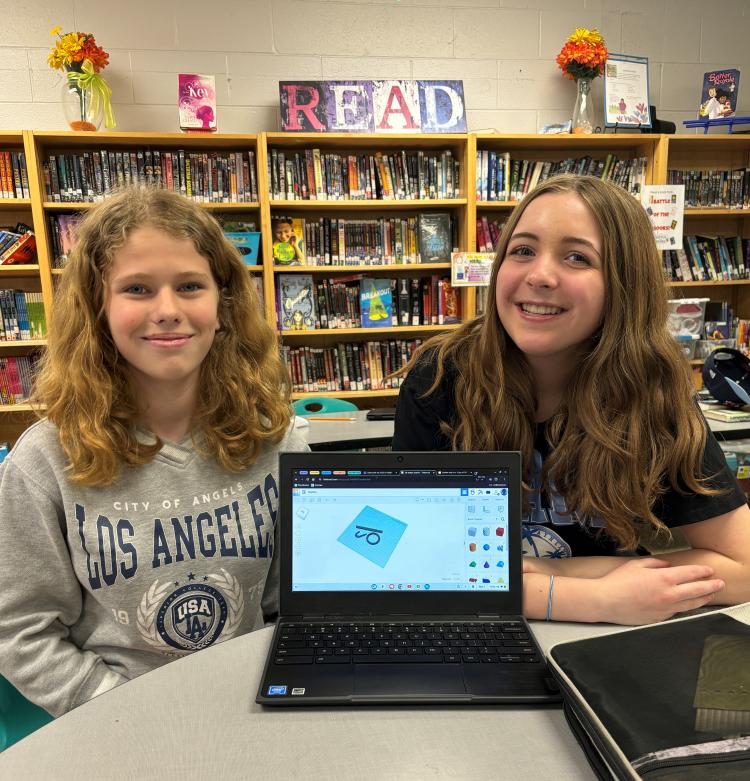
Grade 7 students Sophia B. and Ava showing their 3D design in TinkerCAD
Grade 7 students Ava and Sophia B. wanted to help people who experience fine motor disabilities, so their prototype was designed to help open long handled doors. "We quickly realized this wouldn't solve the issue for everyone, so it got us thinking about all the potential barriers of our design such as round doorknobs and heavy doors," explains Ava. Sophia B. adds, "At first it was difficult to come up with a plan without putting ourselves in someone else's shoes. Being exposed to so many diverse stories during this project really put things in perspective and inspired us to think outside the box."
Both Birney and Hercia agree the project was a huge success. "During this process, students experienced empathy, understanding, and purposeful thinking. It was more about the process than the final product," says Birney.


